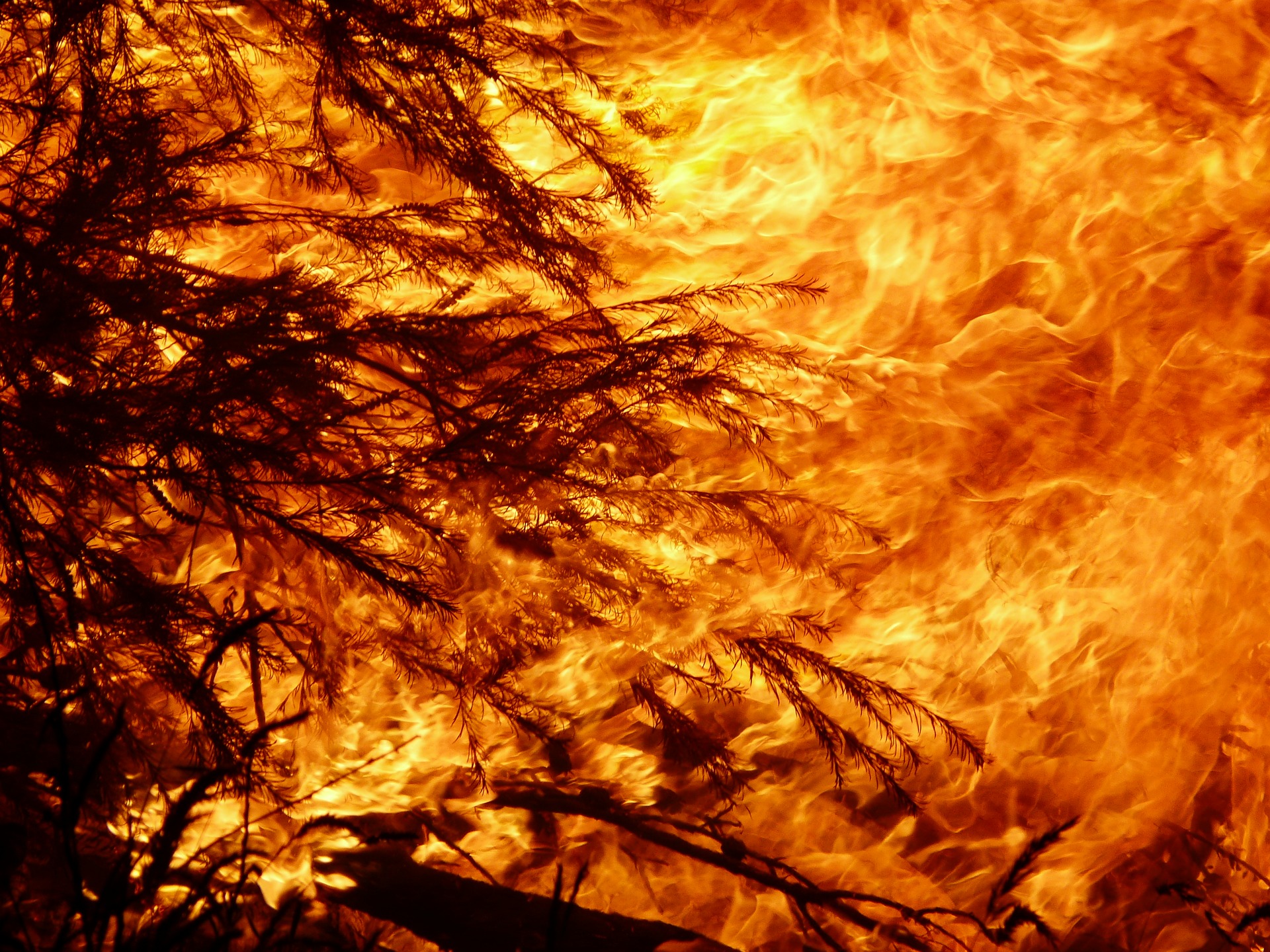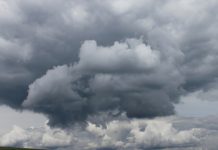
Bushfires in New South Wales, Australia has destroyed or seriously damaged up to 30 houses as temperatures go up as high as 40 degrees Celsius in some areas.
Bushfires have blazed in New South Wales and its neighboring state Queensland in Australia, which led to the destruction of several houses and leaving one man injured with serious burns. Since the start of spring in September, intense fires have razed through drought-affected parts of eastern Australia,
According to Australian authorities, this was the worst start to the country's fire season. Over 100,000 hectares of land are presently being affected by bushfires and in some areas, fires have been raging for over five weeks.
Authorities are conducting an investigation into a possible case of arson that destroyed or damaged dozens of houses in the rural town of Rappville and surrounding areas. In Laidley, Queensland, a separate fire destroyed another house.
Rappville resident Danny Smith said: "I've lost the bloody sheds, the house, lost everything." Another man was taken to the hospital due to serious burns after he tried to protect his home.
Queensland deputy fire commissioner John Bolger explained: "For a little while there, we even hit catastrophic fire conditions and now we've dropped back into the extreme conditions."
Prior to the bushfires, Australia recorded high winter temperatures and sparse rainfall. The summer before that was the country's hottest summer on record. The temperature reached 2.14 degrees Celsius above the long-term average, causing fires, blackouts and a rise in hospital admissions.
Bureau of Meteorology climatologist Blair Trewin said: "The real standout was just how widespread and prolonged each heatwave was - almost everywhere was affected." He added that temperatures exceeded the previous hottest summer in 2012-2013 by almost 1 degree Celsius, which was "a very large margin for a national record".
Scientists have argued that climate change contributed to the prolonged and severe drought being experienced by many areas in southeast Australia.






